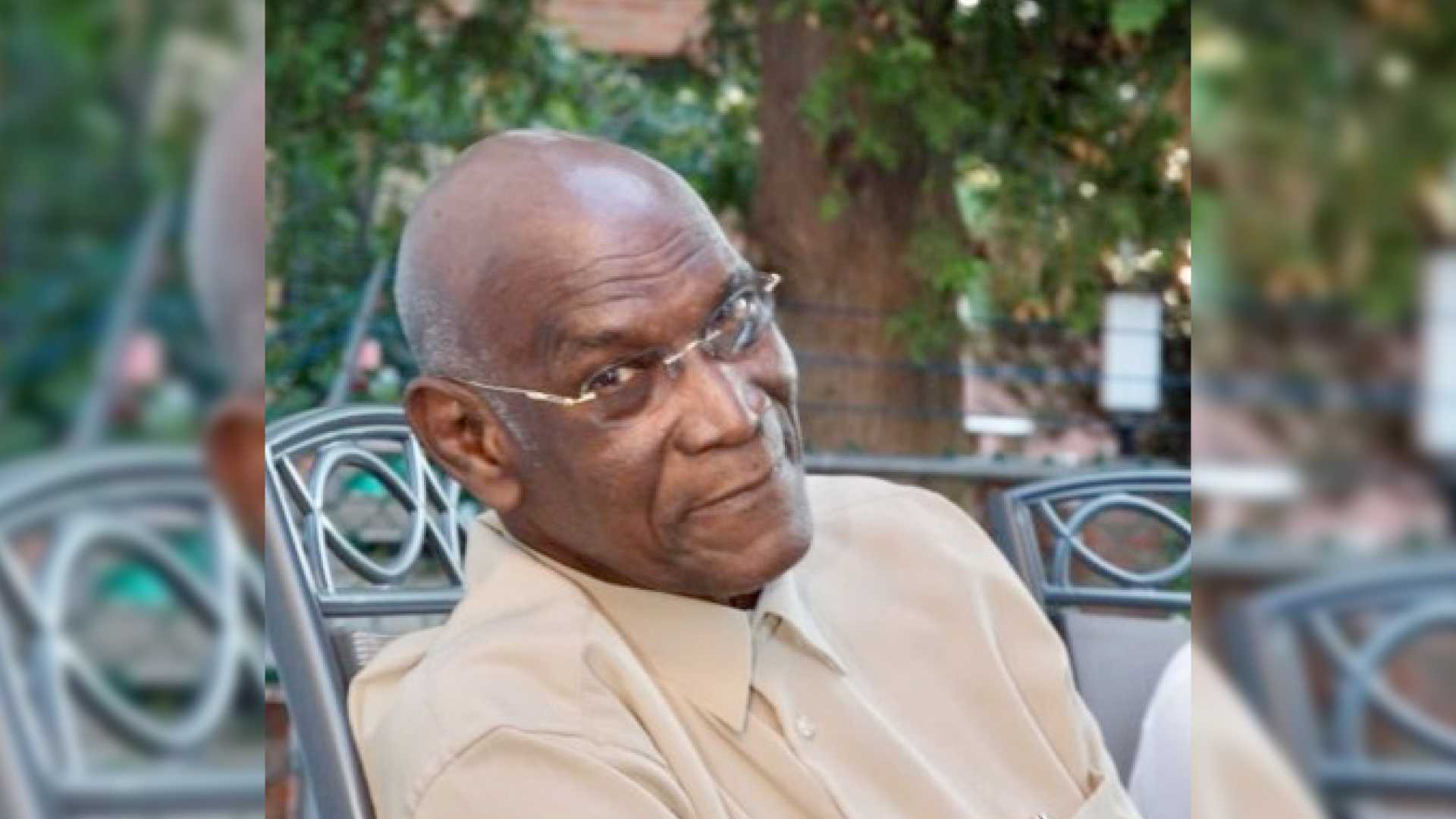BY PAUL JUNOR
The death of centenarian Dr Ira Moulton Taylor on Thursday, December 29th, 2022, was deeply felt by many Torontonians far and wide. He served as pastor of the 81-year Oakwood Wesleyan Church from the late 1960s to the late 1980s and was well-known.
His passing two days before his 101st birthday will undoubtedly leave a void and emptiness to many who revered him with a deep respect for his leadership and pastoring. His moral example, ethical guidance, and spiritual influence were significant.
Dr Taylor was born in Charlestown, on the West Indies Island of Saint Kitts and Nevis on December 31st, 1921, to parents Alfred and Irene Taylor. He completed his elementary education at the Boy’s Government School, and his secondary education at the Excelsior High School. He pursued theological education in Bible Exposition and Theology at Pilgrim Bible and Theology at the Pilgrim Holiness Seminary in Jamaica. He met his future wife Eileen there and they got married on April 3rd, 1948. As a result of this union, five children resulted: Hudson, Paul, Althea, Donna, and Dean. Sadly, Eileen passed away in 2013.
Dr Taylor devoted his entire life to pastoral work having preached his first message at seventeen years old. He commenced his preaching with the Pilgrim Holiness Church. This religious organization came into existence as a result of the widespread revival that came over America in the later part of the nineteenth century. Eventually, the denomination was renamed Wesleyan Methodist Church and by 1987, the International Holiness Union and Prayer League were formed. It was in the 1900s that the denomination expanded to countries such as: Africa, India, Japan, West Indies, South America,
Dr Taylor started his professional preaching career in Antigua, and then proceeded to Trinidad and subsequently to St. Croix in the Virgin Islands. He moved to Toronto in the late 1960s, where he eventually settled down. The liberalization of the immigrant laws by the Trudeau government in the late 1960s led to a wave of West Indian immigrants particularly from Jamaica who came to Canada to find a better life. Under his powerful and uplifting preaching, the congregation at Oakwood Wesleyan outgrew its previous building and eventually settled at 33 Brandon Avenue located near the Dufferin Street and Davenport Road intersection.
From his roots in Toronto, Dr Taylor ministered across the West Indies along with his younger brother Dr Wingrove Taylor. He also travelled across Canada, the United States as well as Australia, and New Zealand. Dr Taylor preached at Oakwood for over 20 years and after his resignation continued at the Oakwood Wesleyan Church in Maryland, District of Columbia. Dr Taylor eventually retired to pursue other passions.
He devoted the rest of his life to spending time with his grandchildren, gardening and landscape painting. He continued his ministerial pursuit by producing devotional messages that were posted daily on his Facebook account. Many individuals were blessed to read his inspirational and uplifting posts and biblical commentaries.
Visitation was held on Friday, January 13th, at Kane Jerrett Funeral Homes located at 6191 Yonge Street in Toronto, and the funeral was held on Saturday, January 14th, at Bayview Glen Alliance Church located at 300 Steeles Avenue Est in Thornhill. The committee service was held at Glendale Memorial Gardens located at 1810 Albion Road in Etobicoke on Saturday, January 14th, from 2:30 p.m. to 3:15 p.m.
Anyone who wishes to write fond memories and expressions of sympathy can do so at the website: www.kanejerrettnorthyork,ca for the Taylor family.

